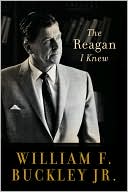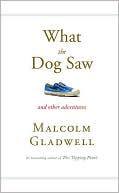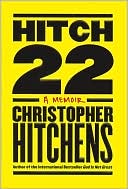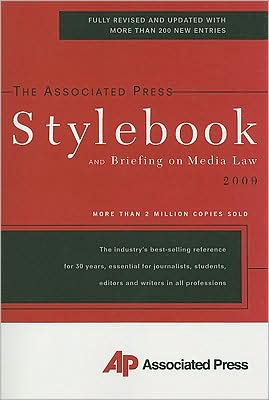Writing for the Mass Media
Now in its Seventh Edition, Writing for the Mass Media remains one of the clearest and most effective introductions to media writing on the market. Offering clear writing, simple organization, abundant exercises, and precise examples, this book provides readers information about media writing and opportunities to develop their skills as professional writers. Using a text-workbook format, it introduces and explains the major forms of media writing–inverted pyramid and other story structures...
Search in google:
This successful book offers a simple organization, clear writing, abundant exercises, and precise examples that give readers the information about media writing and the opportunity to develop their skills as professional writers. Using a workbook-style format, it introduces and explains the major forms of media writing–inverted pyramid for print and Web, dramatic unity for broadcast, copy platforms for advertising, and the various writing structures required for public relations–and covers all major areas of media, including the Internet. Its basic and practical approach make it an excellent text for an introductory writing course.
Table of ContentsPreface xiChapter 1: Sit Down and Write What is Good Writing? Getting Ready to Write Basic Techniques Writing for the Mass Media Professionalism The Changing Media Environment And Finally . . .Chapter 3: Basic Tools of Writing Grammar Sentences Parts of Speech Common Grammar Problems Punctuation Spelling Computer Aids Words, Words, Words Writing With ClarityChapter 4: Style and the Stylebook Accuracy Clarity Brevity Journalistic Conventions Journalistic Style Stylebooks The Associated Press Stylebook Language Sensitivity ConclusionChapter 5: Writing in the Media Environment The News Culture Elements of News The Importance of Accuracy Deadlines Ethical Behavior The Reporting Method Sources of Information Personal sources Interviewing Observation Stores Sources of Information Writing by ExampleChapter 6: Basic News Writing I The Inverted Pyramid The Lead Paragraph Developing the Story Using Quotations Characteristics of News Stories Transitions Attribution Short Sentences, Short Paragraphs Third Person An Attitude for AccuracyChapter 7: Basic News Writing II Other Story Structures Types of News Stories Editing and Rewriting Writing Feature Stories Characteristics of Feature Writing Parts of a Feature Story The Challenge of WritingChapter 8: Writing for the Web I Characteristics of the Web Writing Characteristics and Techniques Forms of Writing Microcontent Weblogs A Full ArsenalChapter 9: Writing for the Web II Journalism Expanded and Accelerated Demands of the Audience Characteristics of Web Writing Backpack Journalism Lateral Reporting Web Packages Wanted for the Web: Writers and EditorsChapter 10: Writing for Broadcast by Mark Harmon Broadcast Style Broadcast Copy Preparation Television News Story Formats Television News Story Scripts Putting Together a Newscast ConclusionChapter 11: Writing Advertising Copy A Love-Hate Relationship The Field of Advertising Beginning the Process: Needs and Appeals The Audience The Product The Advertising Situation Copy Platforms Writing the Ad Elements of a Print Ad Writing Advertising for Broadcast Web Advertising Other Media ConclusionChapter 12: Writing for Public Relations The Public Relations Process An Organization’s “Publics” The Work of the PR Practitioner Characteristics of the PR Practitioner Writing News Releases Video News Releases Letters Company Publications Oral Presentations ConclusionChapter 13: The Writer and the Law by Matthew Bunker The First Amendment Defamation The Plaintiff’s Case Affirmative Defenses Privacy Copyright and Trademark Advertising Broadcast Regulation ConclusionAppendix A Copy-Editing SymbolsAppendix B Grammar and Diagnostic ExamsAppendix C Problem Words and PhrasesAppendix D Advertising Copy SheetsGlossaryIndex
\ From the Publisher“What impresses me most is how the author relates to the subject matter, the instructor, and the student all at once. Written in a non-stilted style, it is easily understood, practical, and it gets results.”\ - Ronald P. Westpheling, George Mason University\ \ \








